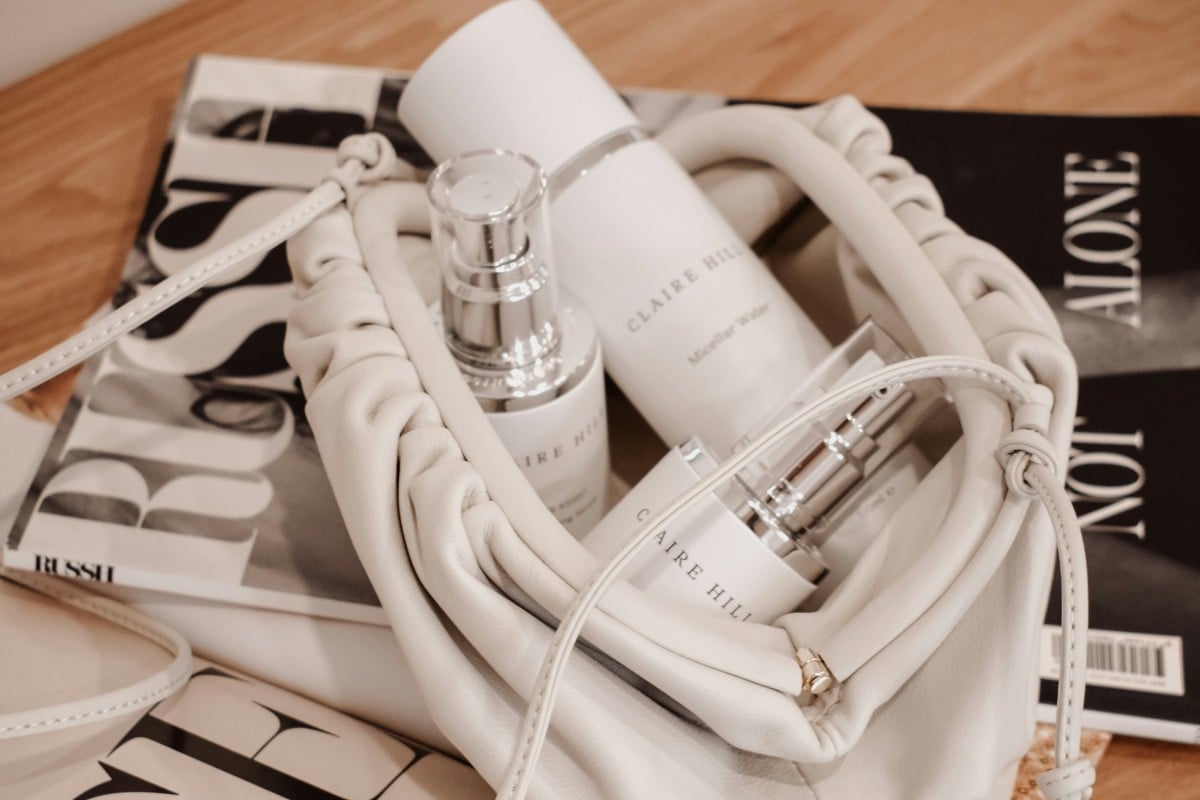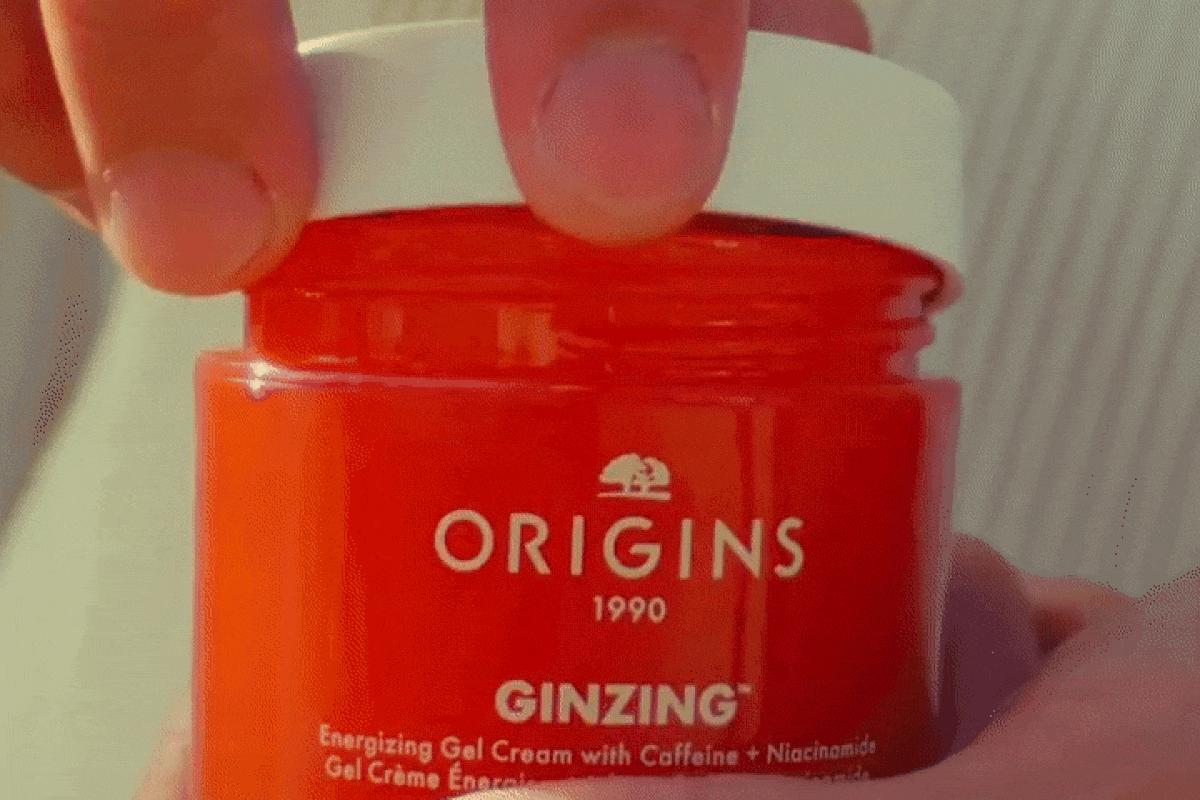Face oil before or after moisturizer? Both hydrate your skin, so which ones should you use first? While the “thinnest to thickest” rule might seem like the best solution, this is not always the answer. The order in which you apply face oil and moisturizer isn’t just about texture; it influences how effectively these products work on a molecular level.
Let’s start by understanding the roles of moisturizers and facial oils.
Most moisturizers are formulated to hydrate the skin. They often include humectants like hyaluronic acid and glycerin to draw moisture in, emollients like ceramides and squalane to smooth and soften, and occasionally occlusives (like heavier oils or petrolatum) to prevent moisture loss. Facial oils, on the other hand, provide potent nutrients, antioxidants, and often act as occlusives, sealing in moisture and protecting your skin’s barrier.
When To Use Oil After Moisturizer
Most dermatologists recommend applying your skincare products from thinnest to thickest. This logic supports applying face oil after moisturizer.
Moisturizers often contain humectants, which draw moisture to the skin. But those humectants aren’t always great at keeping it there. Besides, humectants need access to water to be effective. Applying face oil first could limit this access, as oils tend to repel water. By layering your face oil after moisturizer, you create an effective seal over the humectant-infused skin, maximizing hydration and preventing water loss. This approach is particularly beneficial for most skin types, especially those prone to oiliness or acne, as it reduces the risk of directly clogging pores.
When To Use Oil Before Moisturizer
There are exceptions when applying face oil before moisturizer might be beneficial. People with very dry skin might find that the oil creates a slightly occlusive base, improving the absorption of their moisturizer. If your facial oil contains active ingredients like retinol or vitamin C, applying it directly to the skin might maximize its impact. Moreover, some non-occlusive oils, like rosehip oil, may not provide a strong enough seal, so a heavier occlusive moisturizer on top could be more effective at providing long-term hydration.
You Can Also Mix Them
Another option is mixing your face oil directly into your moisturizer. This method is convenient, but be mindful because there are trade-offs:
- Dilution of Actives: Let’s say your facial oil contains a potent concentration of retinol designed to target fine lines and wrinkles. By mixing it with moisturizer, you effectively dilute the concentration of that retinol, potentially reducing its overall effectiveness. The same principle applies if your moisturizer contains active ingredients like vitamin C or certain acids.
- Ingredient Incompatibility: Not all skincare ingredients play nicely together. For example, some forms of vitamin C are notoriously unstable and can degrade when mixed with specific ingredients. Additionally, if your facial oil contains essential oils or fragrance, these could potentially irritate your skin, especially if your moisturizer also contains potentially sensitizing ingredients. Mixing these products could increase the chances of a negative reaction.
- Stability Issues: Both facial oils and moisturizers are carefully formulated to maintain a stable consistency and shelf life. Introducing extra ingredients through mixing can sometimes disrupt that balance. You might notice changes in the texture, smell, or how the mixture spreads on your skin. In some cases, it could even lead to separation of the product, rendering it less effective.
The Verdict
Start with the “face oil after moisturizer” approach for a week. Pay attention to your skin – is it adequately hydrated or still too dry? Does it feel greasy or balanced? Adjust your routine based on your skin’s response, and remember to apply both products to slightly damp skin for optimal absorption.
Read next: How To Moisturize Your Skin





